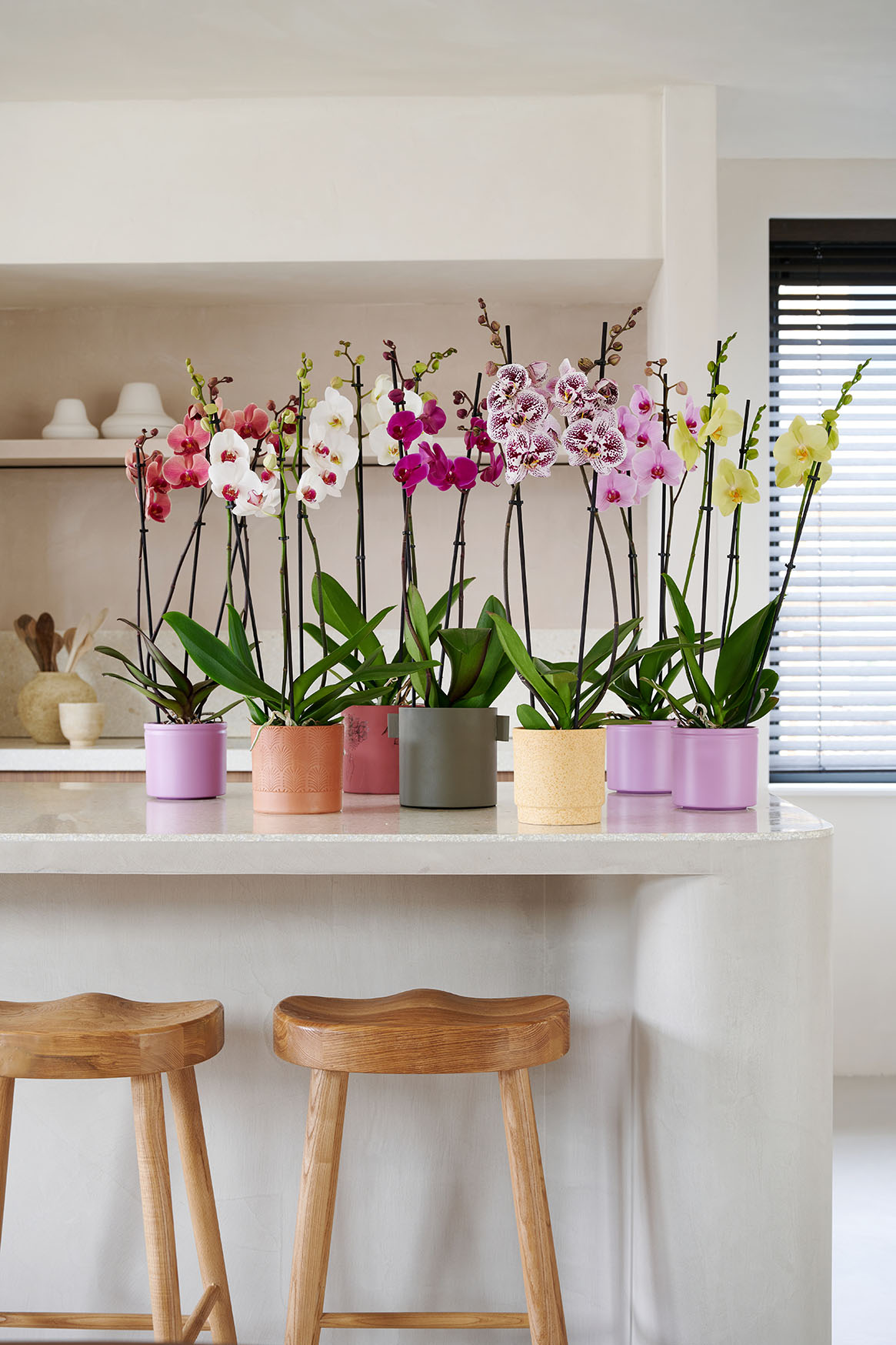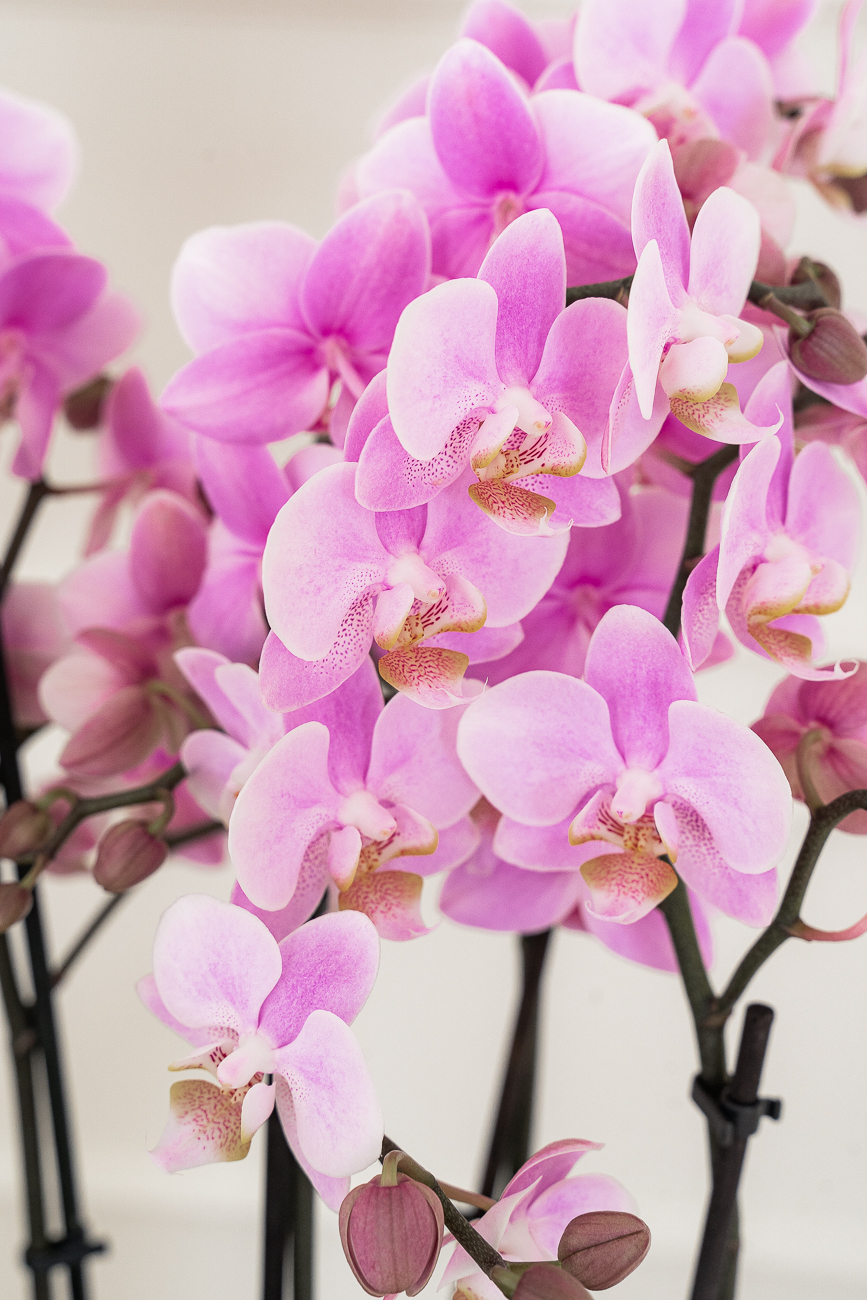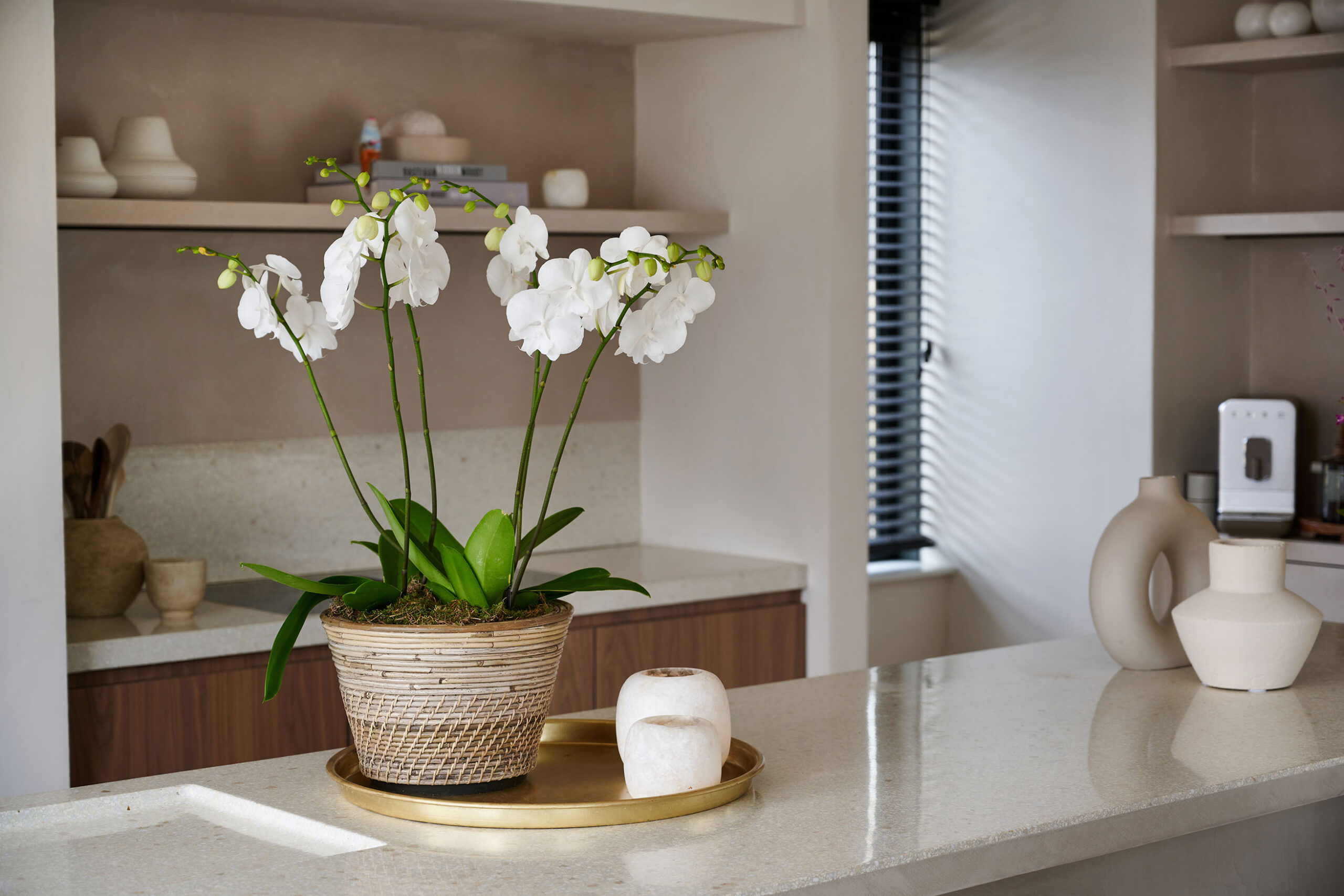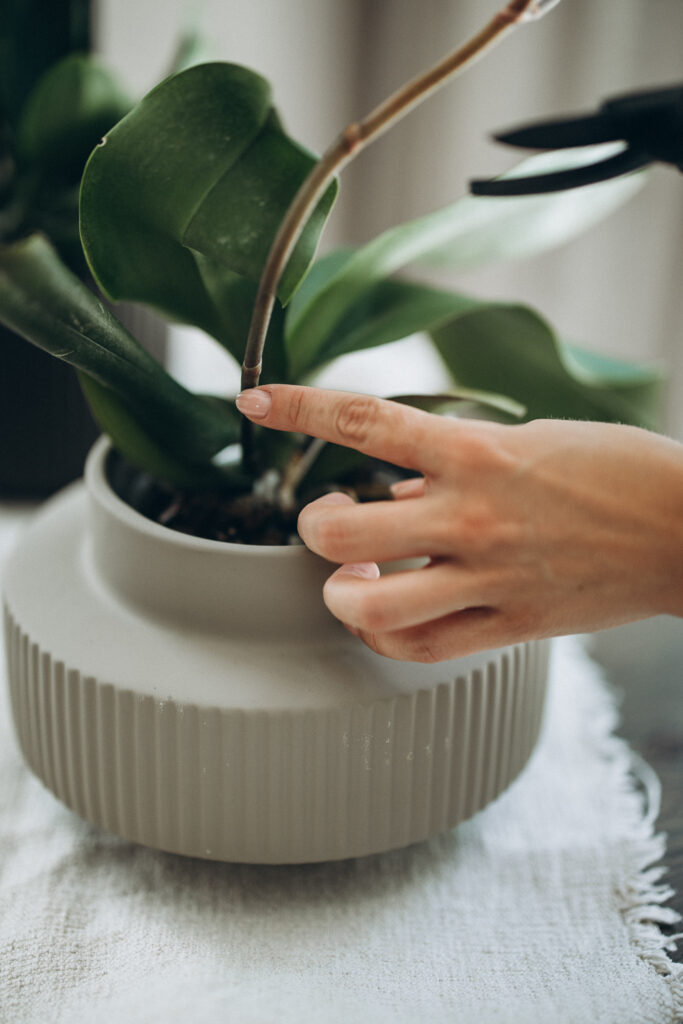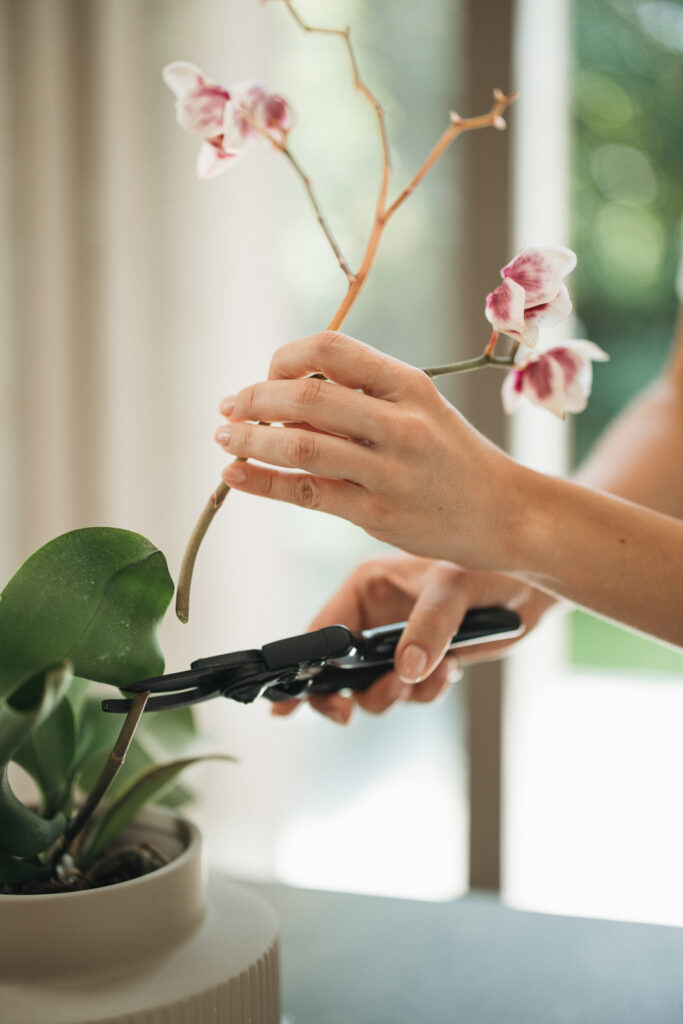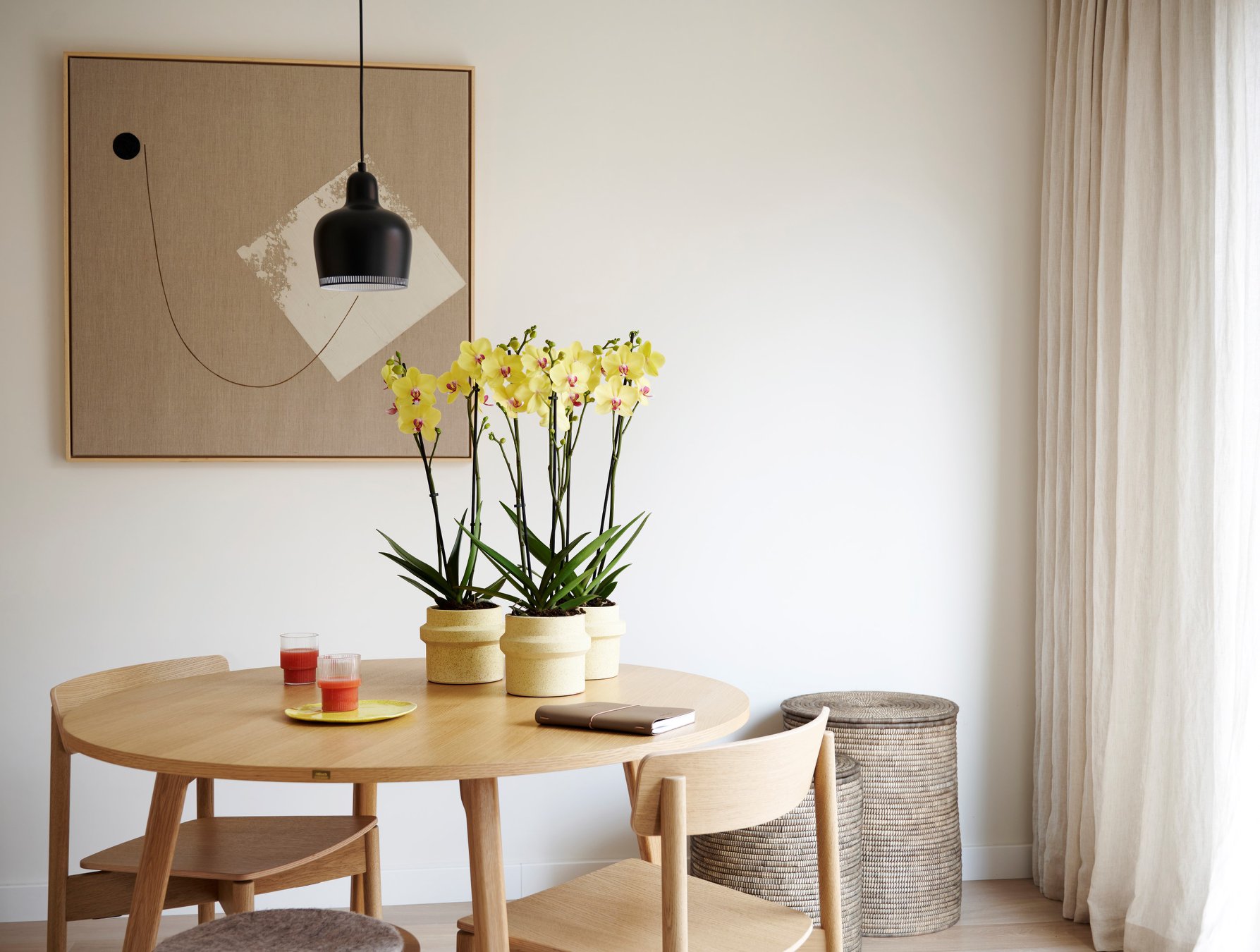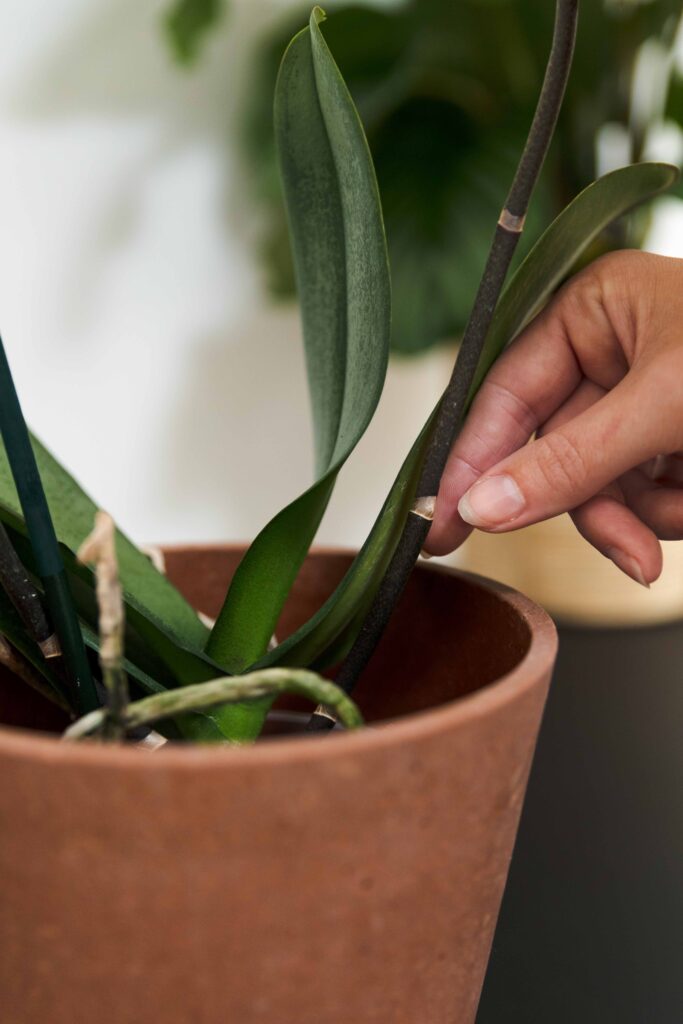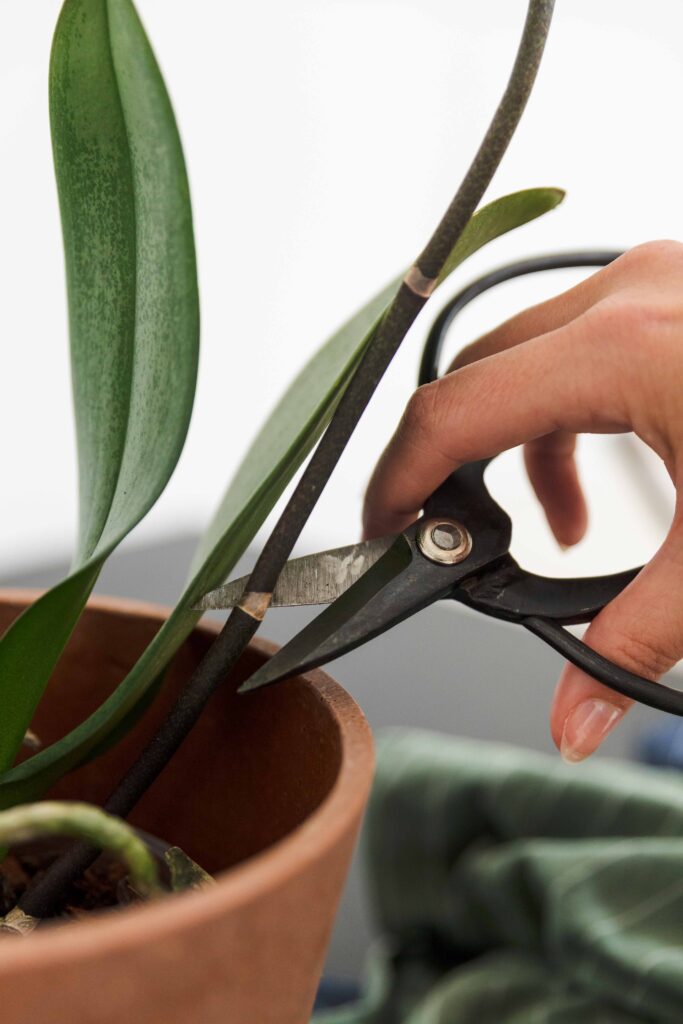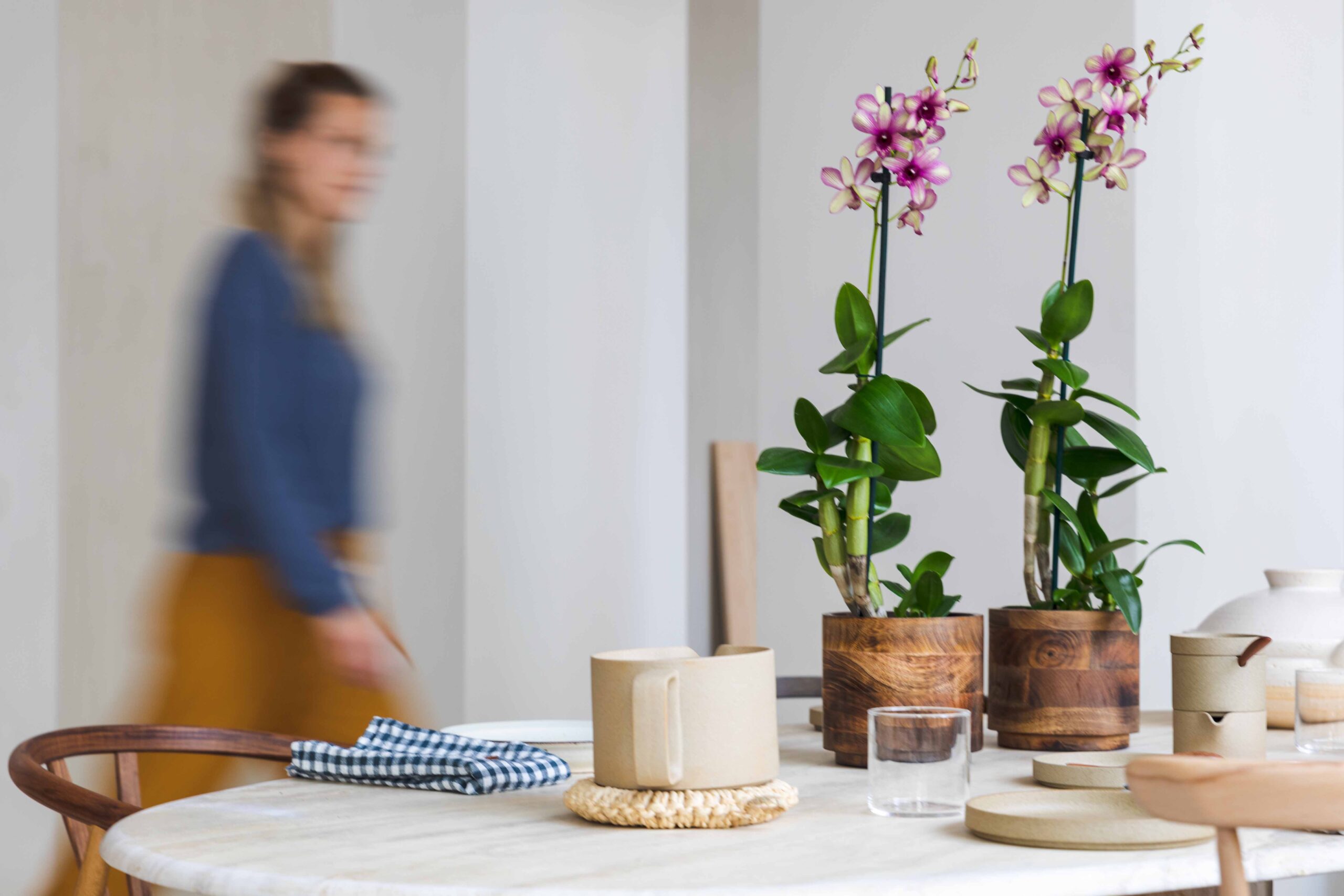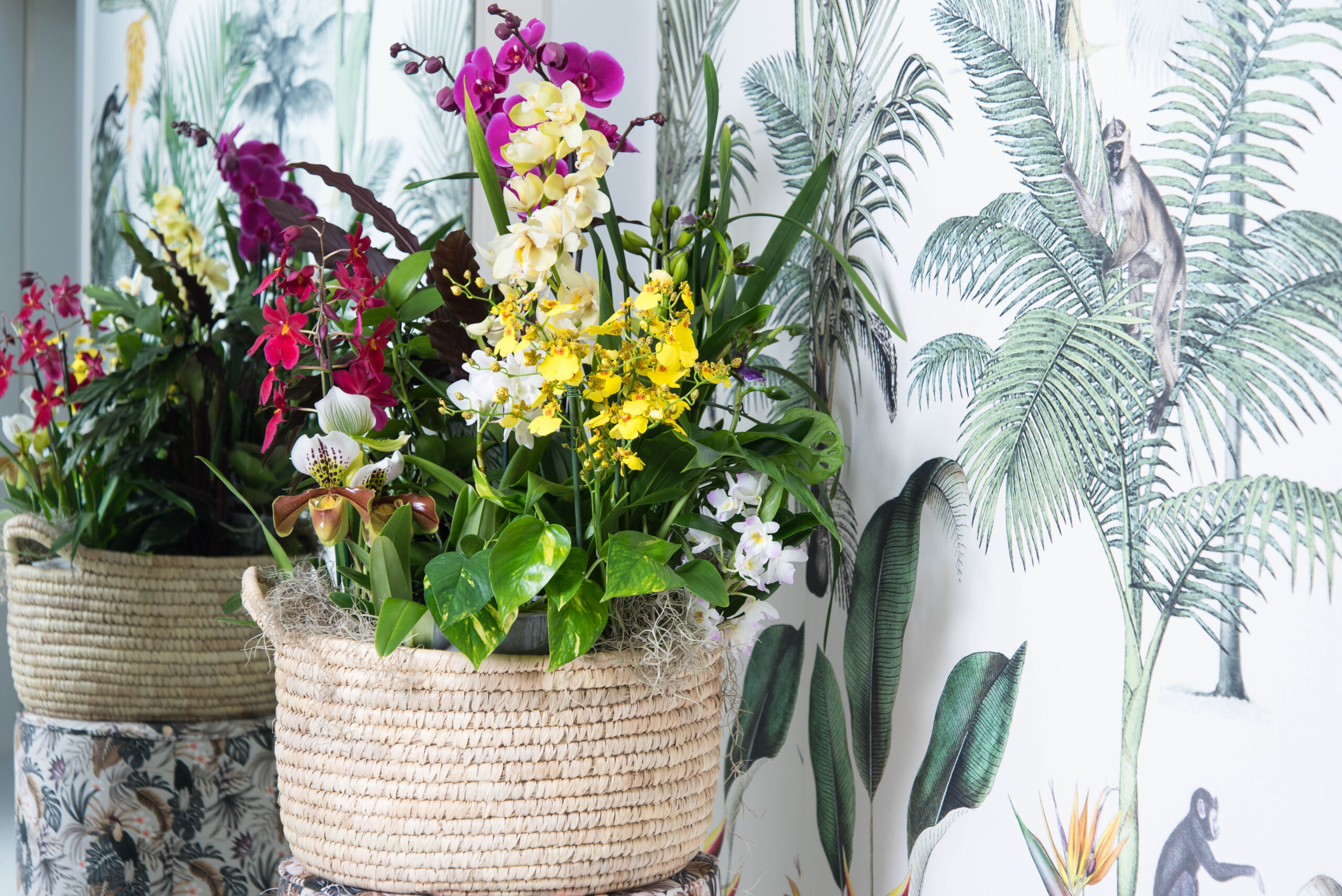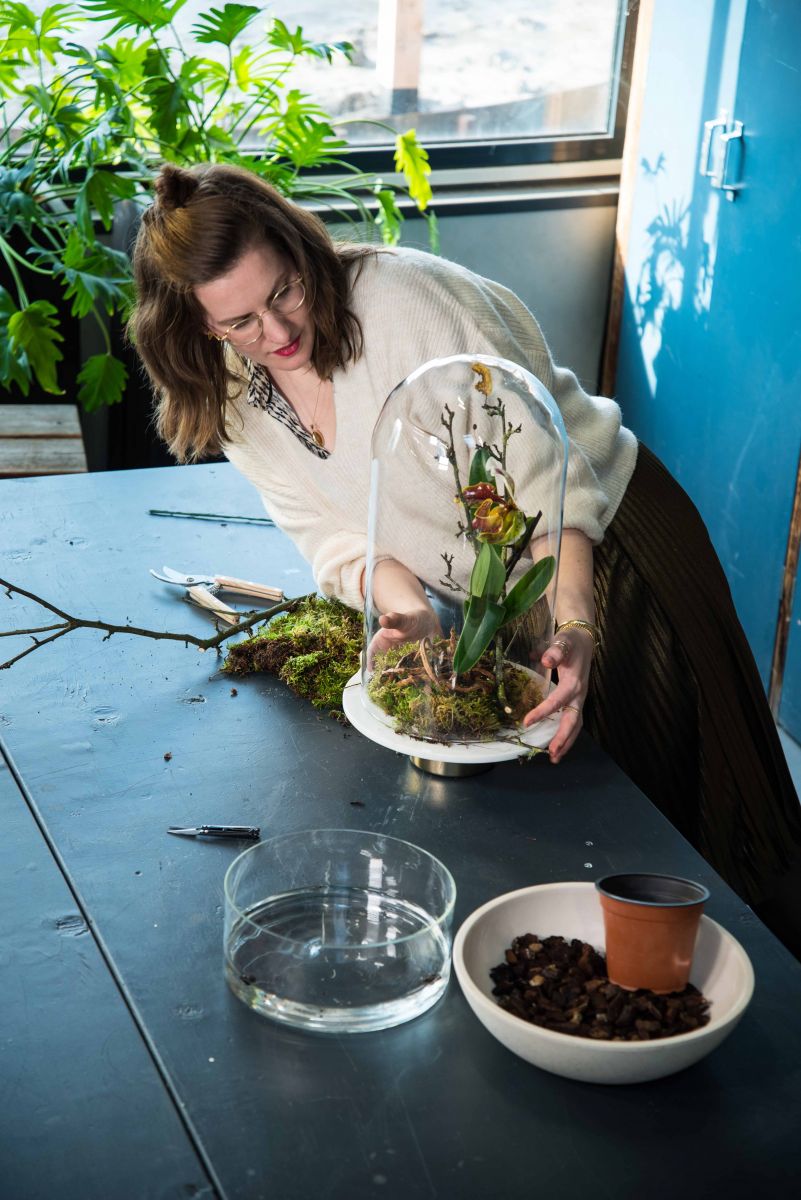An orchid for the best mother to celebrate Mother’s Day
Looking for a special way to celebrate Mother’s Day? Orchids are a stunning and meaningful choice, representing love, beauty, and strength – just like the amazing moms in our lives. Gifting an orchid – also known as the queen of the plants – is the perfect way to show your mother how much you appreciate her.
Symbolic value
Orchids have a special meaning: they stand for love, beauty and power. A personal gift to let your mother know that you love her. Does she have a favourite colour? With more than 25,000 species, the orchid family is one of the largest plant families on earth and there’s always a variety that suits her wishes. Each plant is unique and has its meaning, perfect for finding an orchid that matches your mother’s style and personality.
Read also: What is the meaning of orchids
- Photo: Phalaenopsis orchid
- Photo: Ellefotografie
Femininity, peace and friendship
Surprising your mother, mother-in-law or grandmother on Mother’s Day with an orchid is a great way of expressing your love for her. The most well-known type of orchid is the Phalaenopsis (butterfly orchid), which symbolises elegance and femininity. The blue Vanda on the other hand is rare and symbolic, standing for peace in India, this orchid is only sold at specialised florists or garden centers. The Dendrobium orchid translates to “life in a tree” in Greek. This orchid has become an extraordinary symbol of love, refinement, beauty, charm, fertility, and thoughtfulness.
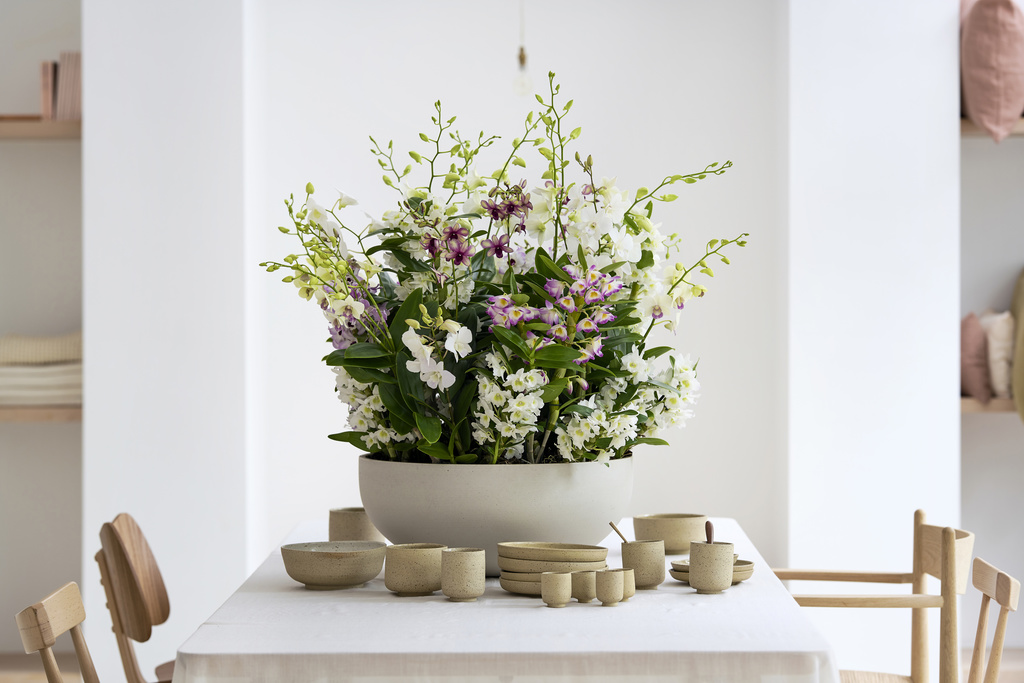
Photo: Dendrobium orchid
Orchids and care
An orchid is an appropriate gift even for mothers who are not too fond of gardening. Orchids can be seen as epiphytes and grow their roots upwards. Because of this, people assume it’s a plant for advanced gardeners, which is not the case. The plant needs watering just once a week (along with nourishment) by draining it in for 10 minutes in a layer of water and letting it leak. Place the plant in a position with access to light, but not directly in the sunlight or in a draught. These tips you will make the orchid and your mother very happy.

